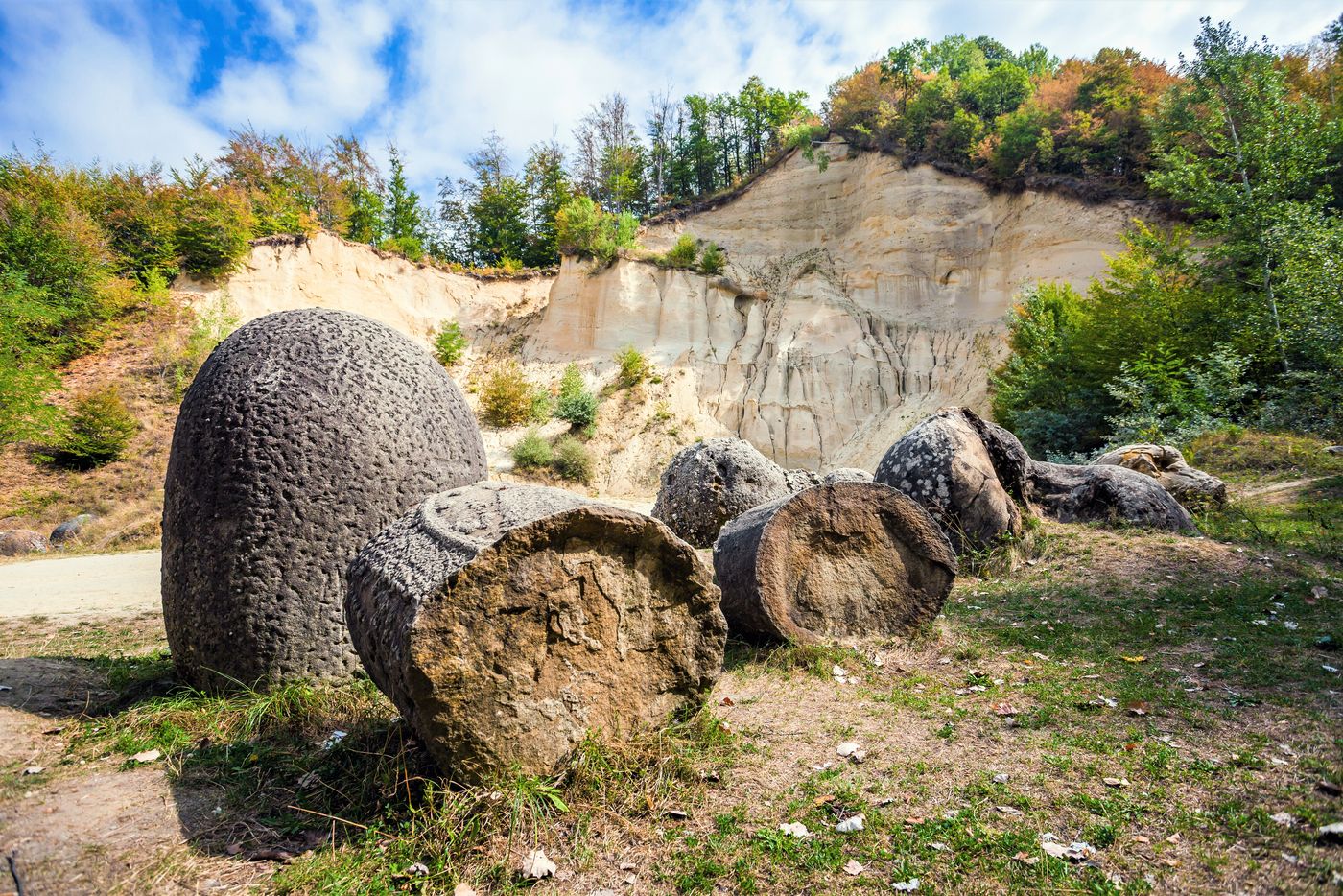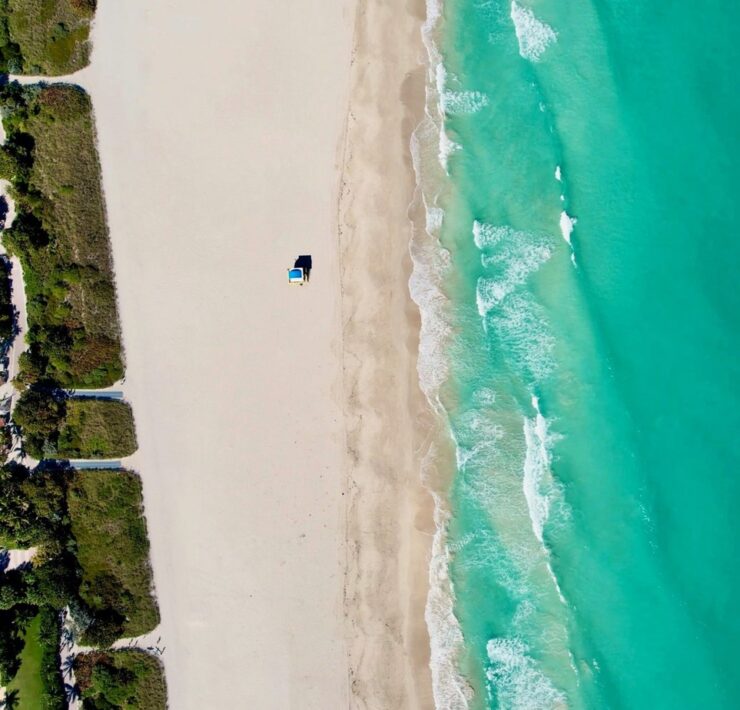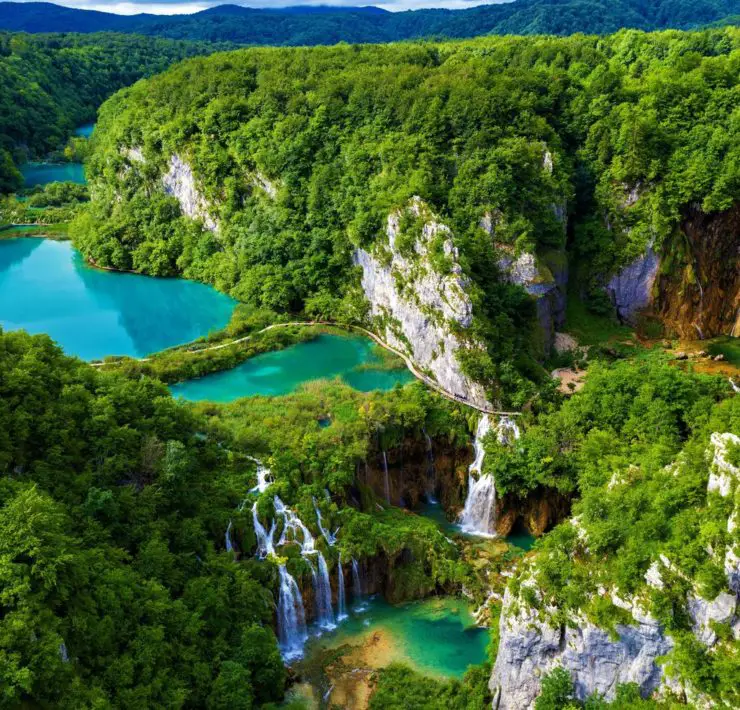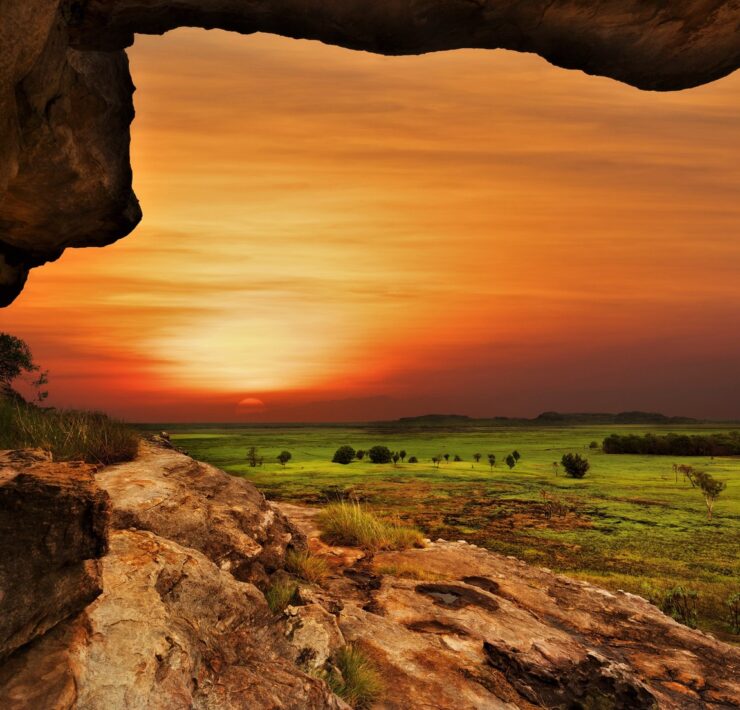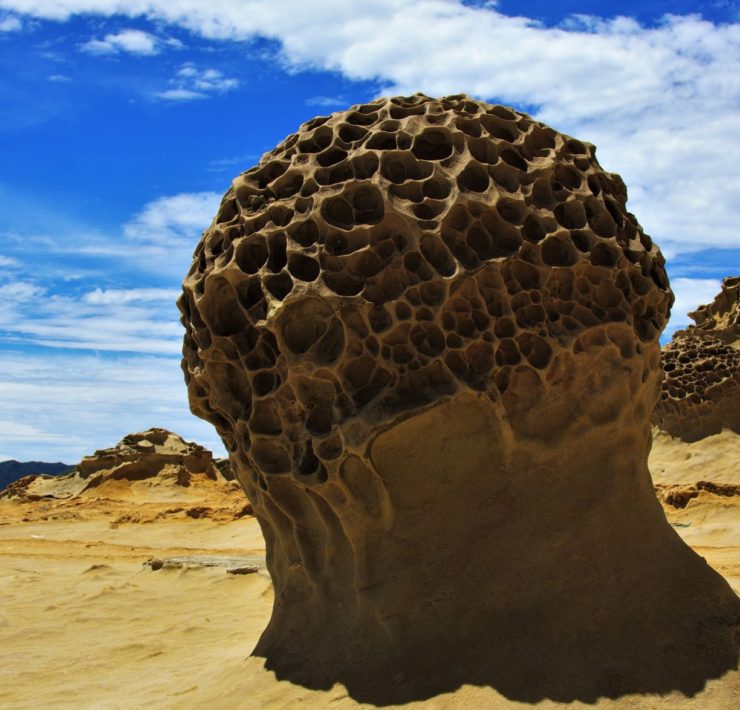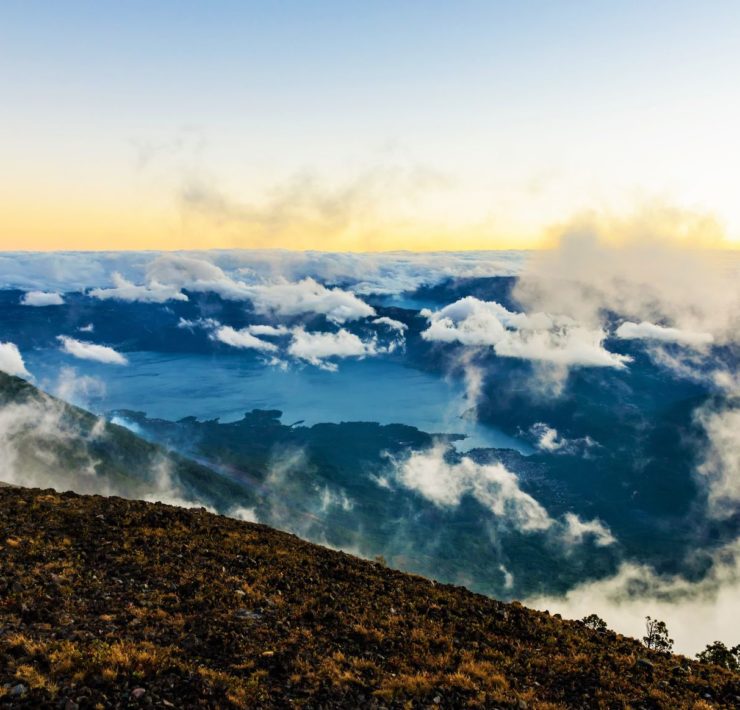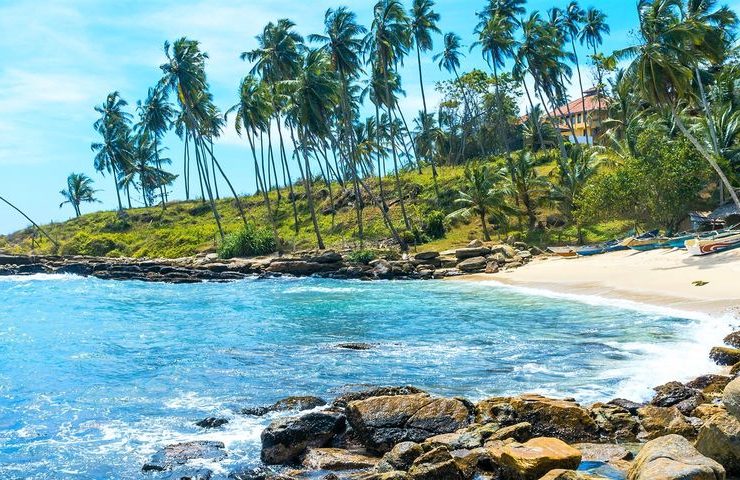You might have raised an eyebrow after reading the title, but nature is happy to confirm this fact and guarantees to give you the weirdest things in life as always. Trovants are extraordinary rocks that grow and multiply, and you can witness these rocks in Romania.
The growing stones of Romania, Trovants, aren’t just unique because of their ability to multiply. These rocks are composed mainly of a hard stone core, and the rest is made up of sand, which forms around the core as its shell.
Trovants can only be made by highly-porous sand accumulations and sandstone deposits that are cemented by waters rich in calcium carbonate. The name “Trovant” (trovanti) was made and introduced by the naturalist Gh. M. Murgoci in his work “The Tertiary in Oltenia.”
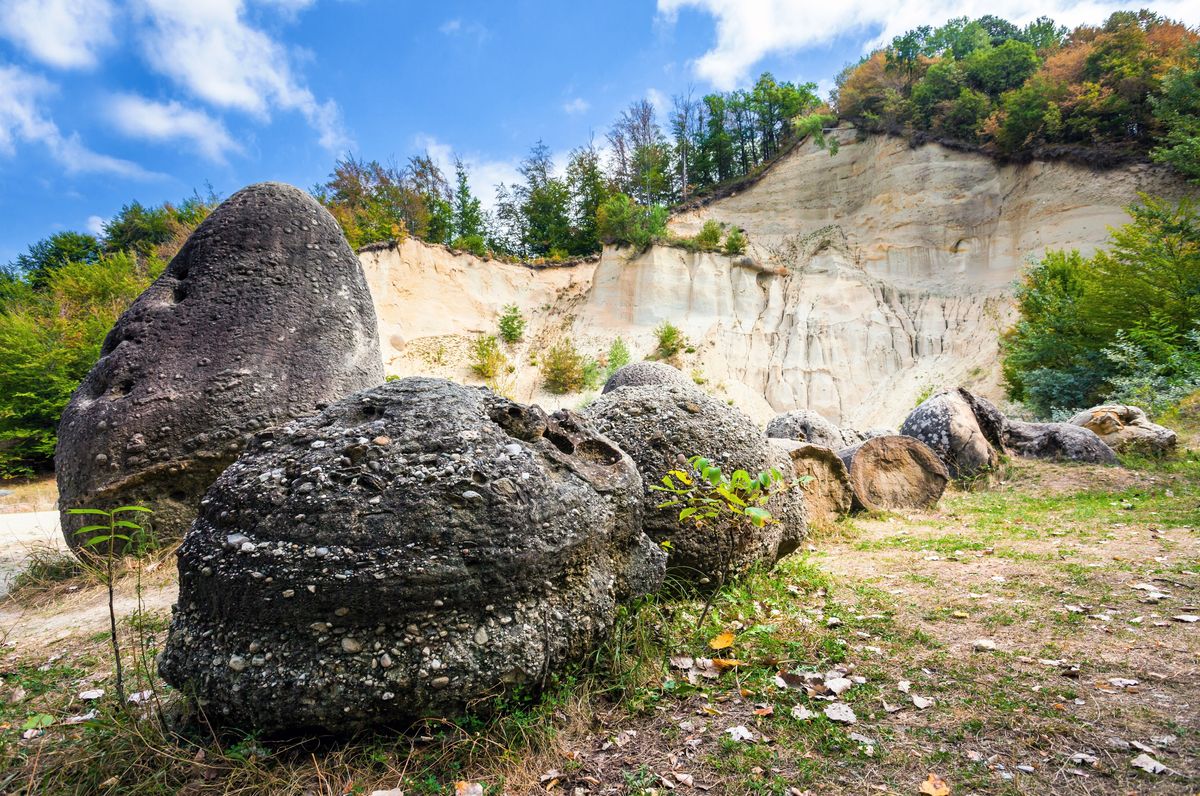
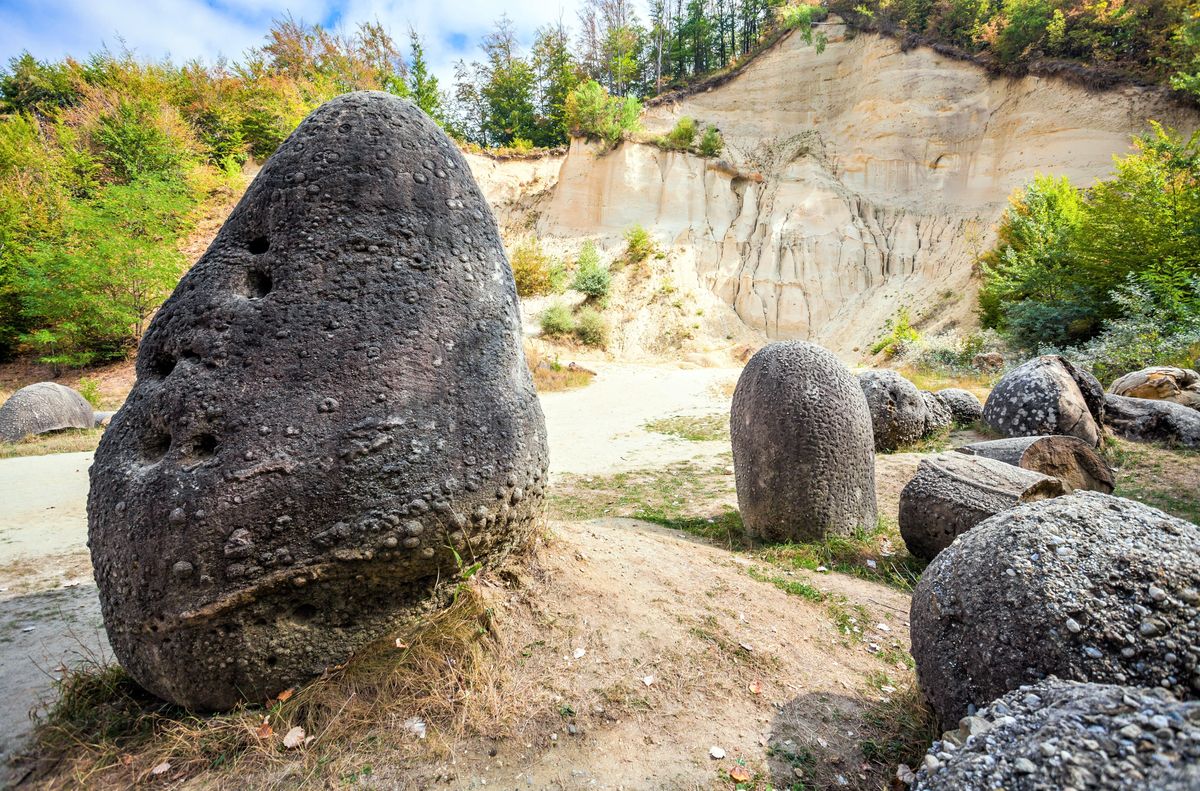
Read more: Kuthiny Baty: The Valley Of White Stones In Russia
Heading straight to the question: What makes these rocks multiply? As you’ve read before, any form of water rich in calcium carbonate is essential in forming a Trovant, and that is also the key to making the rock grow in the presence of rainwater.
After every heavy rain shower, Trovants absorb the rain’s minerals. The minerals are combined with the chemicals already present in the stone that later creates a reaction and pressure inside. The pressure spontaneously makes the rock grow from the center to its margins and multiply, with a deposition rate of about 4-5 cm in 1000 years.
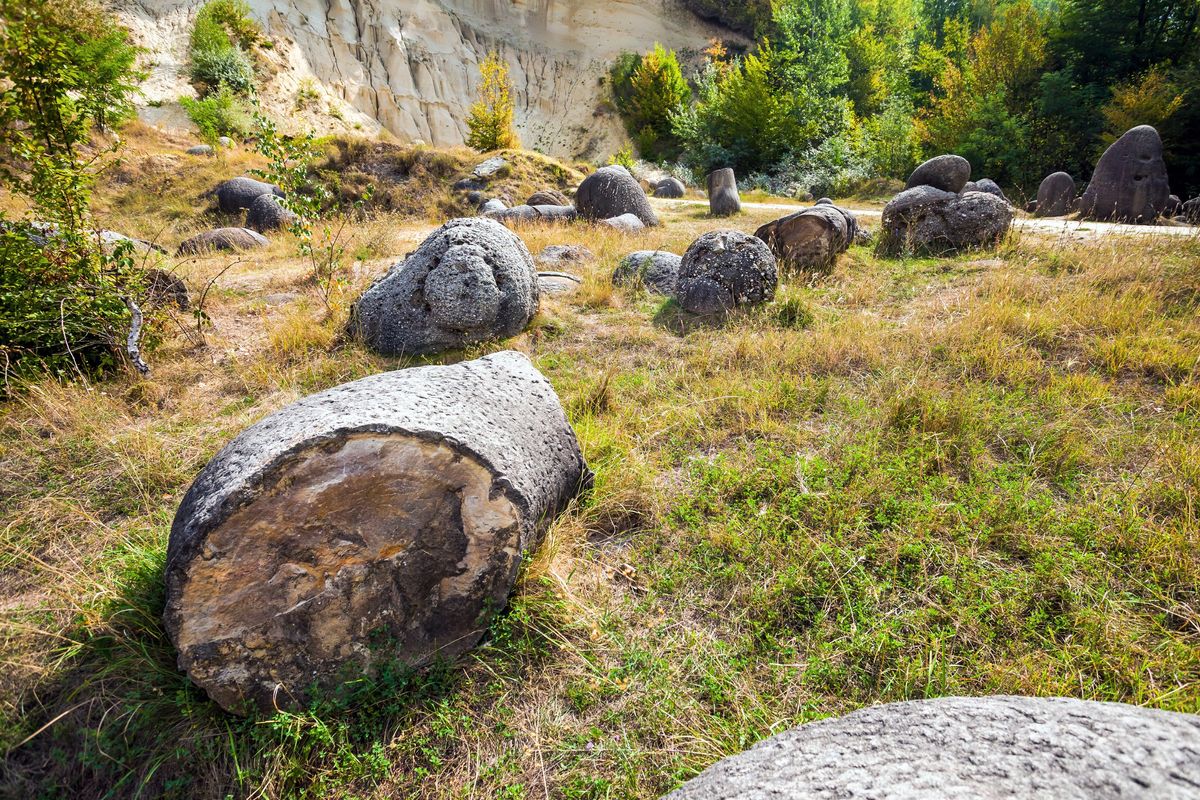
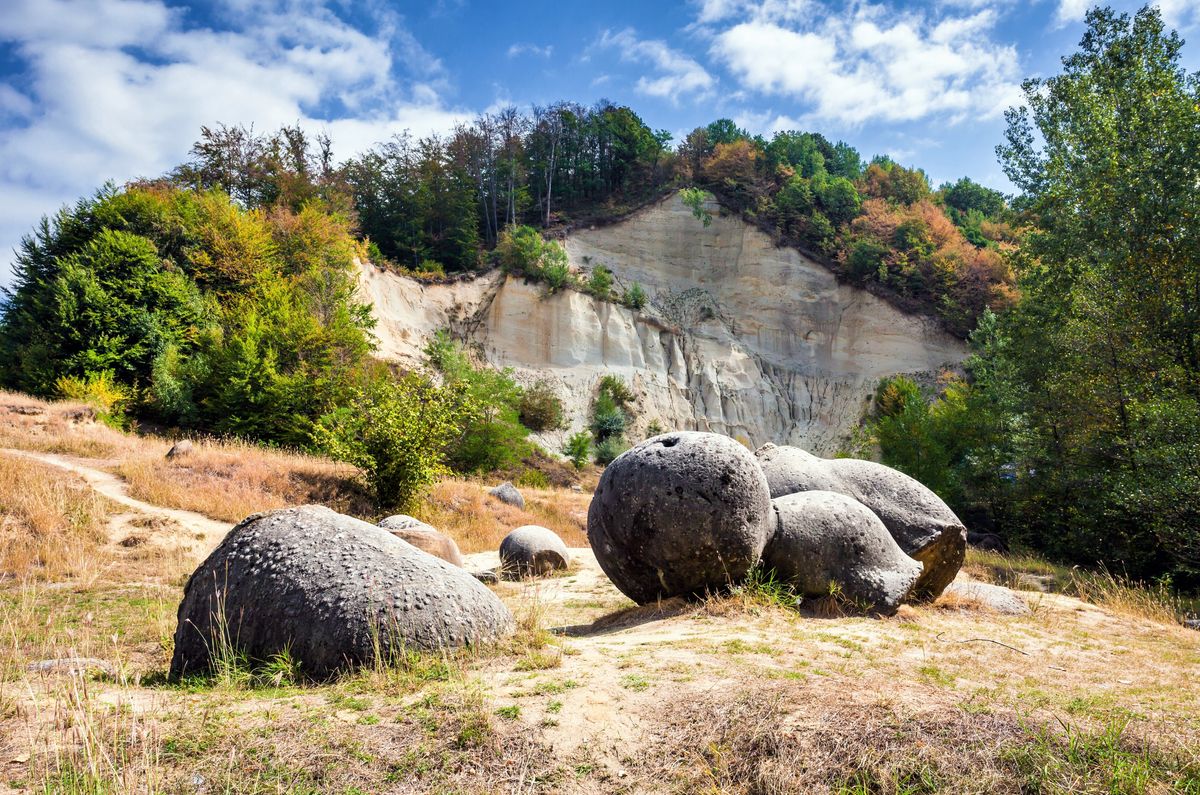
Trovants usually appear with smooth and edgeless shapes. For example, cylindrical, nodular, and spherical; Trovants develop these inconsistent shapes as they grow and multiply due to irregular cement secretion. You can see these formations grow from a few millimeters to as large as 10 meters.
Read more: The Bizarre Rock Formations of Yehliu Geopark in Taiwan
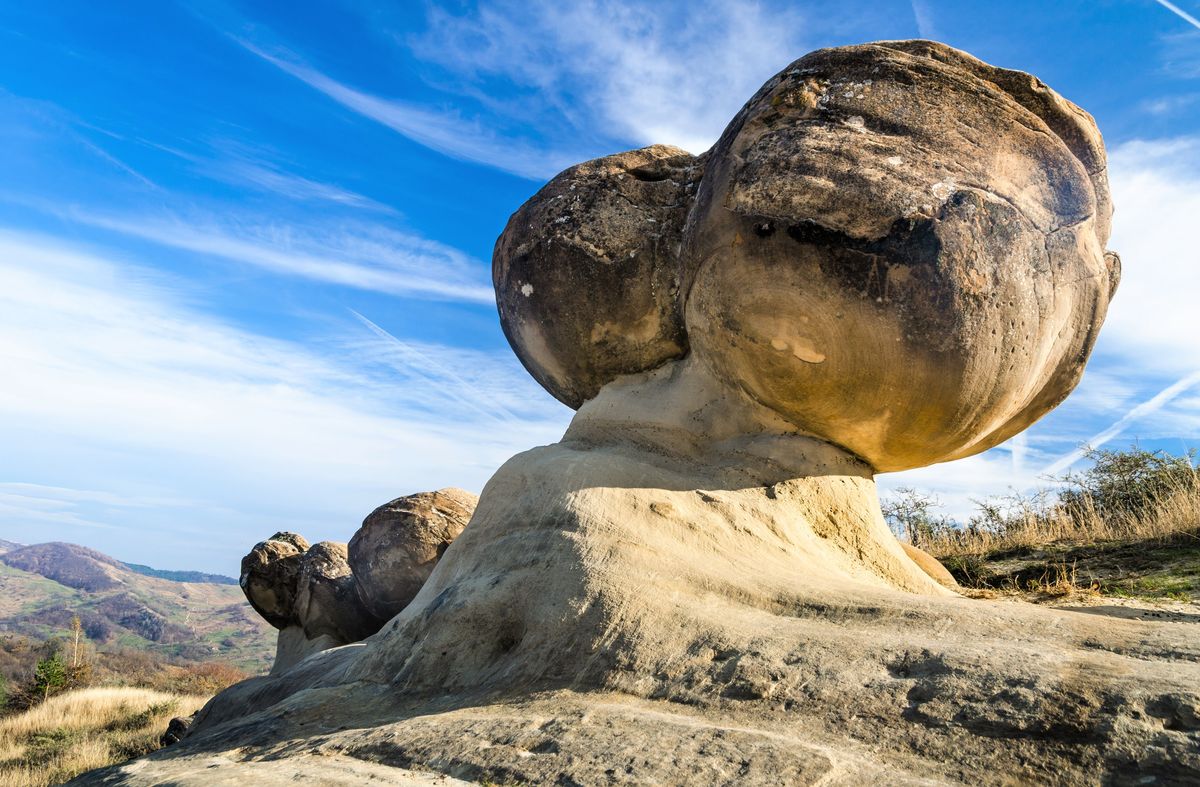
Trovants aren’t only strange due to their structure and ability to grow and multiply. They can also move from one place to another. Other than that, they also have root-like extensions and age rings visible when you cut the stone, but scientists have yet to find out an explanation of these unique features.
These rocks came into existence because of the earthquakes, which occurred six million years ago. The sand reservoir was created after the successive sedimentation of the detritic material transported by the rivers.
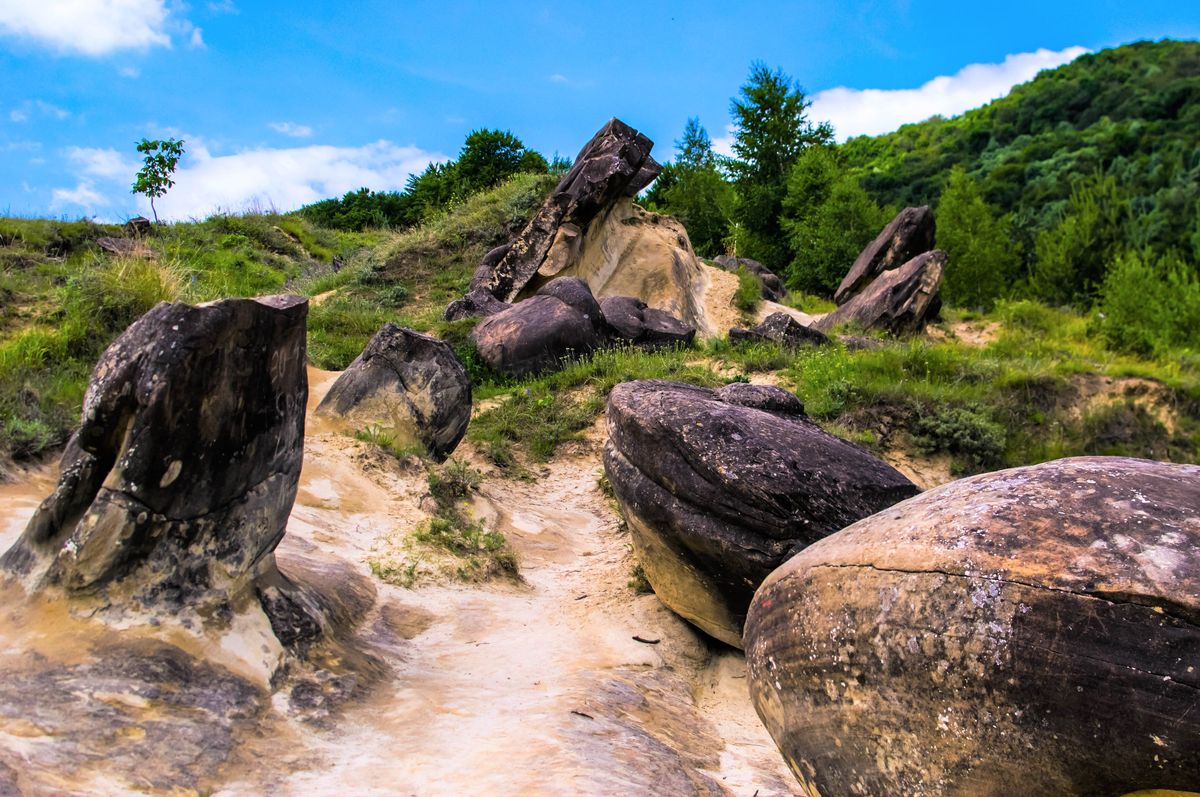
If you want to see these rocks up-close, then head right away to Romania’s Valcea County. You can either go to a sand quarry nearby Costeşti village or along a river in Gresarea Brook, nearby Oteşani village, approximately 15 km from Horezu. You can also see Trovants at the “Trovants Museum” Natural Reserve, run by the Kogayon association, which aims to raise awareness about protecting the environment. This museum located inside Costeşti village is protected by the UNESCO.
Read more: The Rocky Fortress Town of Monemvasia, Greece
With the combined characteristics of a plant and a rock, it’s confusing if these Trovants should be categorized as living or non-living creatures. But whether it’s alive or not, these growing stones are indeed interesting to see, touch and use. Besides their widespread use as a building material for tombstones, locals also use these in making souvenirs.
Not only in Romania, but you can also see the growing stones in Russia, the steppes of Kazakhstan, the Czech Republic, and other places.
Hailey is a writer by day and anthropologist by night. She was born and raised in California and she holds university degrees in English, French and German, studied Spanish and also holds a university degree in political science and sociology. She has traveled to over 60 countries in a variety of ways, such as backpacking, cruises, camping, luxury, solo, spiritual and adventure travel. Aside from traveling, Hailey’s other passions include food, books, music, and dance.

